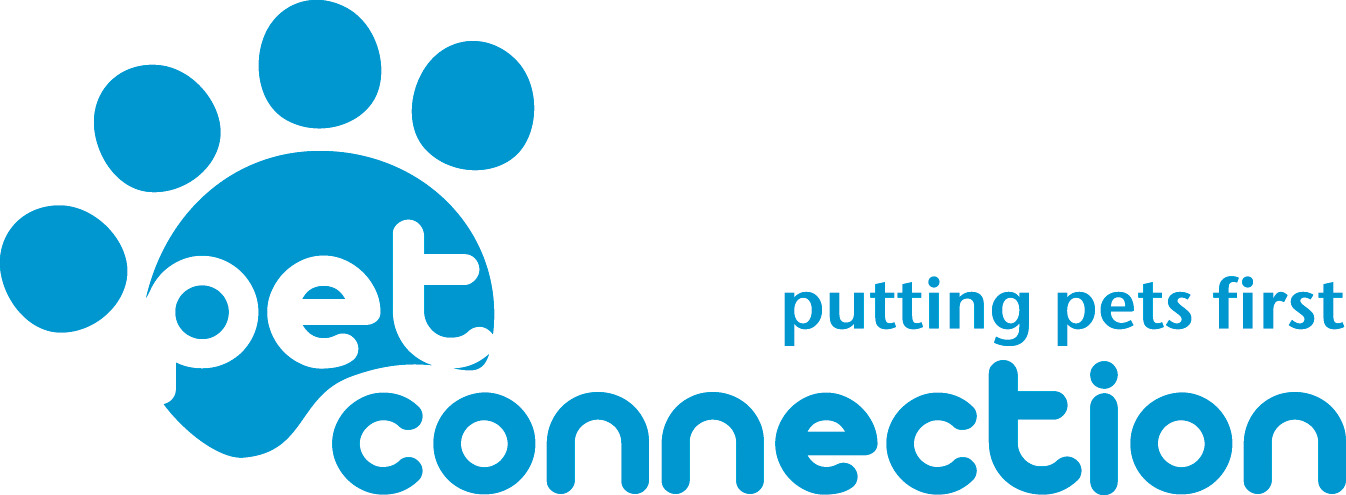Corn Snake Care Quick Facts Common Name: Corn Snake Latin Name:Pantherophis Guttatus Native To: The Southern States of the USA Size: Corn Snakes can grow up to 6 foot in length, however 4-5 foot is more common. Weight: Adult Corn Snakes usually weigh around 900 grams. Life Span: Up to 20 years in captivity, expected life span in the wild is much shorter.  Housing Your Corn SnakeThe best enclosure for an adult corn snakes is a wooden vivarium with sliding glass doors at the front. Wooden vivariums allow for more precise temperature control than glass vivariums, and can help the snake to feel more secure in its environment. Corn snakes are incredible escape artists - as babies they have thin bodies and can easily squeeze out through larger vents, so ensure the vents are too small for your snake to do this. As adults, they are a surprisingly strong snake and have been known to detach loose vents, so regular checks should be performed to ensure vents are secure. Vivarium locks should always be used on corn snakes vivariums, as children and other pets may open the glass doors enough to allow escapes.  Light & Temperature A temperature gradient of 22°C at the cool end of the vivarium, and 29°C at the warm end, is necessary to allow for correct metabolism of food, and your snake will spend its time in the area of the vivarium with the correct temperature it needs at that point in time. This temperature gradient is best provided by a heat bulb such as the ProRep Red Night Spot Lamp, which will provide heat as well as light, allowing you to see your snake in the vivarium. Ceramic heat emitters may also be used, as they will last longer than glass heat bulbs, however these do not emit light. Heat mats can also be used with Corn Snakes, however in the wild these snakes will bask in the heat from the sun, so are better evolved to receive heat from a source above their body. A thermometer should be placed at both the warm end and the cool end of the vivarium, so temperature changes can be monitored.  Substrate & Maintenance The best substrate for corn snakes tends to be Aspen, which allows the snake to burrow, and is easy to maintain. Bark and Corncob Granules can also be used. Snakes should be fed outside of the vivarium to prevent accidental ingestion of the substrate, as this can lead to impaction when coupled with other minor husbrandy mistakes. Corn Snakes only eat weekly, so produce little mess and tend to defecate only once per week. The vivarium should be inspected daily for faeces and regurgitated meals, and this should be removed immediately. The water bowl should be cleaned daily and fresh water given. The substrate will usually need to be replaced on a monthly basis.  Diet Hatchling corn snakes begin eating pinkie mice, and progress up to adult mice once they are mature. A good rule of thumb is to feed the snake a food item that is 1.5 times the diameter of the widest part of the snake, it can be up to 3 times the diameter of the head. Feed an item that is too large, and the snake will often regurgitate it. Snakes will also regurgitate if they do not have a warm area or if they are handled too soon after they eat. Hatchlings can be fed every five days, but once a week is usually enough for older snakes.  Shedding Corn snakes shed their skin at regular intervals as they grow. Around 7 to 10 days before the skin is shed the old skin will appear grey and dull and the eyes will appear to be blue. The eyes then clear again and usually within a couple of days the shed begins. During this period your snake's eyesight will be a worse than normal and this may make him nervous. It is good practise not to handle snakes during the shedding process because of this. After the shedding is complete, carefully remove any old bits of skin which may have been left behind, check particularly around the tail. Any dead skin that remains can cause problems and will need to be removed. Allowing your snake to bathe in warm water in either a basin or a bath, will help to loosen any stuck skin.  Behaviour & Temperament Corn Snakes are a terrestrial species so spend most of their time on the surface of their substrate. They enjoy hiding, and will sleep under cover, so a hide should be placed at both the warm and the cool side of the vivarium. The snake should be able to fit its entire body into the hide. A hide containing damp sphagnum moss should also be placed in the centre of the vivarium, which the snake will use as it approaches a skin shed, as the higher humidity will allow for easier shedding. Corn Snakes are an incredibly friendly snake, so friendly in fact that they can be lifted from the wild and tamed within a few hours. As babies, they can be a little temperamental, often striking at their owners when approached, however, they will rarely bite. Corn Snakes are non-venomous so their bites are not dangerous, however if they break the skin, you should wash the bite thoroughly, as with any cut or scratch. Regular handling will ensure your corn snake remains very friendly. |


